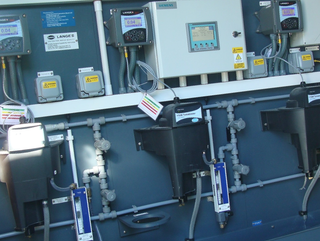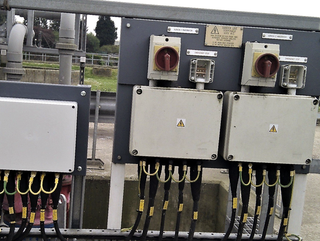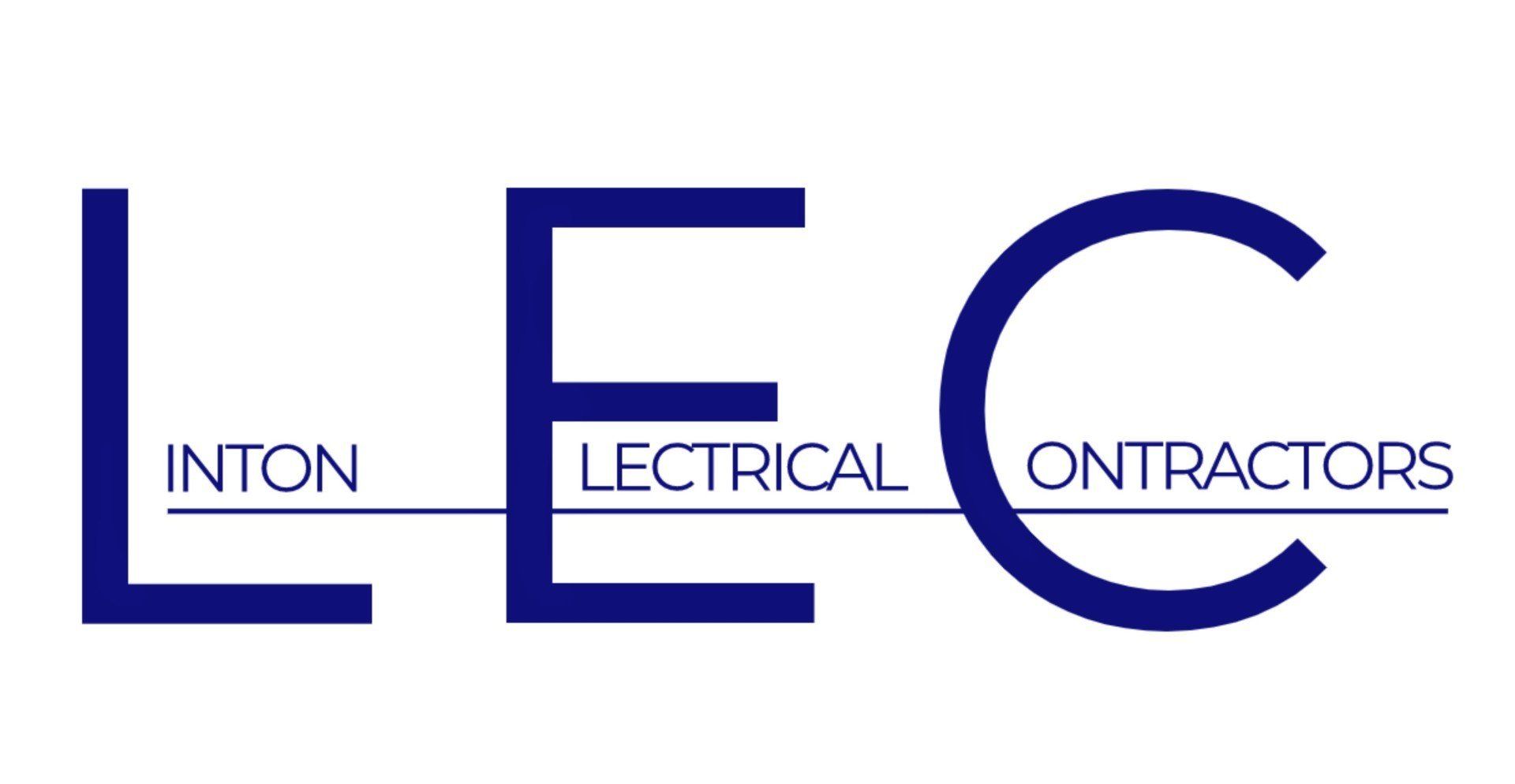our experience
LEC is a leading electrical contractor specialising in the water industry. In order to give an insight into the work we do, the following case studies illustrate how we have provided a bespoke solution to the needs of just some of our clients.
If you have a project or works that you would like to discuss in more detail, please feel free to contact us without obligation. We look forward to hearing from you.

Case Study 1: research and development of a triple validation system
A number of years ago, we designed, manufactured and installed the first of a number of single turbidity monitors to measure water quality for various sites throughout the South East of England. In order to ensure an accurate turbidity reading, the system was designed to incorporate the removal of air from the raw water sample prior to testing.
Following the successful deployment of these units, we were subsequently approached to develop a further system capable of providing triple validation.
The project was subject to an extremely tight deadline which precluded the option to conduct site testing of a working prototype. In this respect, we were under significant pressure to come up with a working design in a very short space of time.
As with any good design, the process started with ASSESSMENT, whereby our technicians gained a detailed understanding of the required project outcomes. Our design team therefore set about looking at the specific requirements of the system and performance criteria (for example the volume of sample flow etc.). From this assessment, a basic design was developed using our knowledge and experience from the previous single turbidity monitor. This was subsequently built into an appropriate prototype.
The next stage in the design cycle was EVALUATION – in this instance testing to assess the performance of the system. After initial tests were conducted, we were then able to revisit the design in order to test different outcomes and continue to improve overall performance against the pre-determined criteria.
At each stage of the development, we continued to work closely with our client, providing detailed and regular communication on progress, results and other relevant information.
The final design which met all pre-agreed requirements was approved by the client at the final factory acceptance test stage. The development of the system was conducted on schedule and within budget.

Case study 2: project management and quality assurance
Following acceptance of our design for a triple validation turbidity monitor (see Case Study 1 above), we were requested to manufacture and deliver a total of 120 units within a set timescale to our client.
In order to ensure that we were able to meet all deadlines, we instigated a project management process to assess the requirements for each aspect of manufacture. The process included a review of each production stage to determine the most efficient method of manufacture. In addition, we were able to assess and rationalise labour requirements, set a schedule for sourcing all materials, and agree the timescale for procurement etc. Using this information, we were able to plan each stage accordingly and provide the client with a detailed schedule of works.
We appointed a Senior Project Manager to oversee the project and provide a point of liaison with the client to ensure that they were kept informed of progress at each stage.
Despite an extremely tight deadline, correct planning and allocation of resources at each stage allowed us to ensure that quality of manufacture was maintained throughout. Each and every unit was subject to appropriate testing, certification and an independent PDI (pre-delivery inspection) report.
The project was completed on time and on budget, and we have since made a further 31 units for the client.
